UST College of Fine Arts and Design (CFAD) graduate Ayla Reyes shared her stand on modern beauty standards by promoting inclusivity in her undergraduate thesis titled “ANOMALI”. Reyes, from Class 2020, garnered much attention from the general public for her photo collection project that was posted on her personal Facebook page on June 2, 2021. Since then, Reyes and her work have been featured in local news segments and obtained almost 30,000 shares on different social media platforms as of this writing.
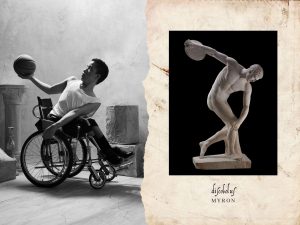
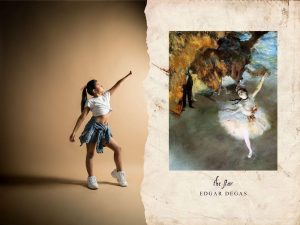
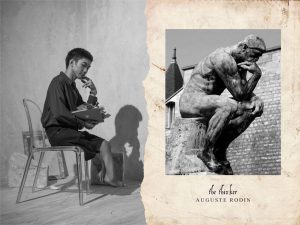
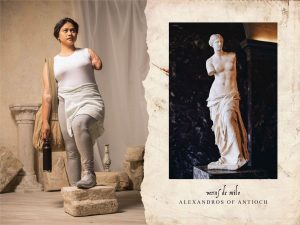
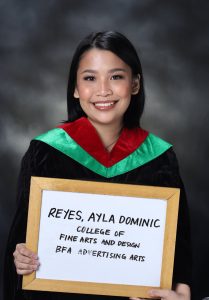
Reyes’s photo collection recreated famous Renaissance-era artworks, such as “Venus de Milo” and “The Thinker,” with persons with disabilities (PWDs) as models. Through this advocacy project, Reyes promoted a more diverse view on beauty by representing people’s different physical attributes through classical art.
This medium also allowed the 23-year-old photographer to connect more to the themes of art and its history, subjects that she holds close to her heart. With her advocacy clearly rooted in her deep interest and appreciation for the arts, she won the coveted “Outstanding Thesis” in 2020.
“I didn’t really aim for it, I just wanted to do my best for the advocacy and to create something I’m really proud of. In CFAD, it’s important for your study to be backed up well so I just really did my best to cover everything I needed to through thorough research. What’s important to me was that the purpose of the study was met, but the grade was a bonus and definitely rewarding for the effort I put into it,” Reyes shared in an online interview.
The Fine Arts alumna emphasized the media representation of beauty in our generation, specifically how “the public figures people admire still look a certain way and are considered the blueprint.”
Reyes added that she also went through the phase in which she felt unsatisfied with her appearance, and later on realized that it was only because she was raised to believe that beauty has a specific standard. Today, after enduring such challenging times, she wants to convey her own message of empowerment as she continues to advocate for diversity and inclusivity.
“ANOMALI” is a word play of the English word “anomaly” which means “what stands out from the norm” and “ano ang mali?” or “what is wrong?” in Filipino.
The project featured 11 muses identified as people with different physical disabilities. By giving attention to these people and making them her muses, Reyes believes that the project can celebrate the fact that beauty is completely, normally different. Since these people have not been represented well, or even enough, in popular media, “ANOMALI” paves a better way for the disadvantaged as they establish themselves in the field of beauty and media.
Reyes recalled that the most challenging part of her project was logistics. It was crucial for her to prepare as she was not just expected to capture and write, but also to make sure that the theme and concept of her project would translate her message well. It was important for her to prioritize all of the people involved as they played a key role in portraying the reality of her advocacy.
“I think that society should also do its part in rethinking its perspectives. Inclusion matters! Media has long taught us what it thinks beauty should be, but the time is now to break away from those ideals and standards,” Reyes emphasized.
“ANOMALI” was completed under the guidance of her adviser, UST CFAD Dean Asst. Prof. Mary Christie D. Que.




